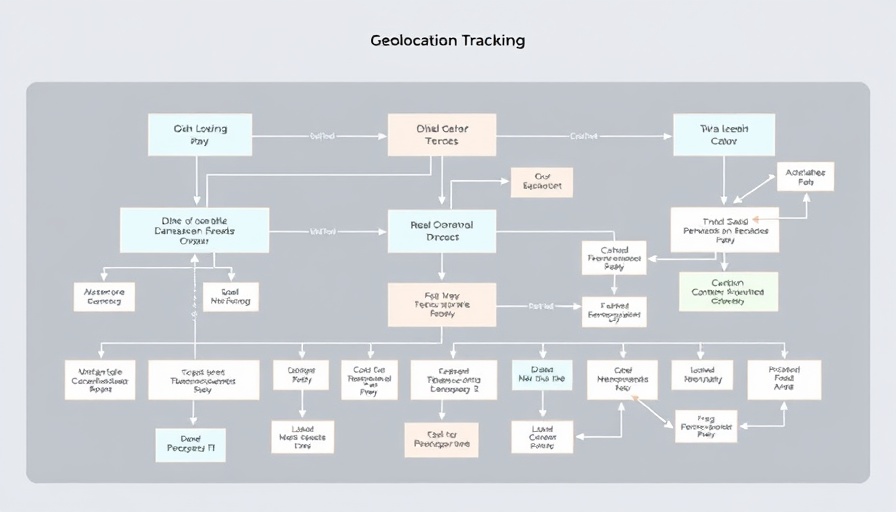
Innovative Chess Engine: Chess Meets Regular Expressions
In a fascinating blend of computer science innovation and chess strategy, Nicholas Carlini has developed a chess engine using an astonishing 84,688 regular expressions. His whimsical creation, termed 'RegexChess,' might be as unexpected as it sounds, allowing a sequence of regular expressions to make game moves. Carlini's project isn't just about coding prowess—instead, it's a playful exercise in creativity and technical skills. Essentially, the chess engine reads the board configuration and applies the regular expressions to play a move, making it a unique experiment in computational logic.
Decoding the RegexChess
Understandably, blending regular expressions with a strategic game like chess can seem mind-boggling. However, Carlini's setup involves using a 'Regular Expression CPU'—a foundation that processes instructions using branch-free, conditional-execution, single-instruction multiple-data principles. Think of it as an eclectic mix of graphics processing units and ARM architecture, albeit slower. The core idea remains simple: manipulate and transform a string representation of the chess game state using these expressions, creating an engaging and cerebral challenge.
Future Predictions and Trends
As unconventional as it seems, such explorations of combining seemingly unrelated concepts could inspire future developments in logic programming and game development. The creativity evidenced in Carlini's experiment exemplifies a growing trend in computer science: exploring alternative computational methods that challenge conventional approaches. Taking cues from RegexChess, future trends could see more artistic and experimental intersections between computer science domains, heralding unforeseen computational innovations.
 Add Row
Add Row  Add
Add 




Write A Comment